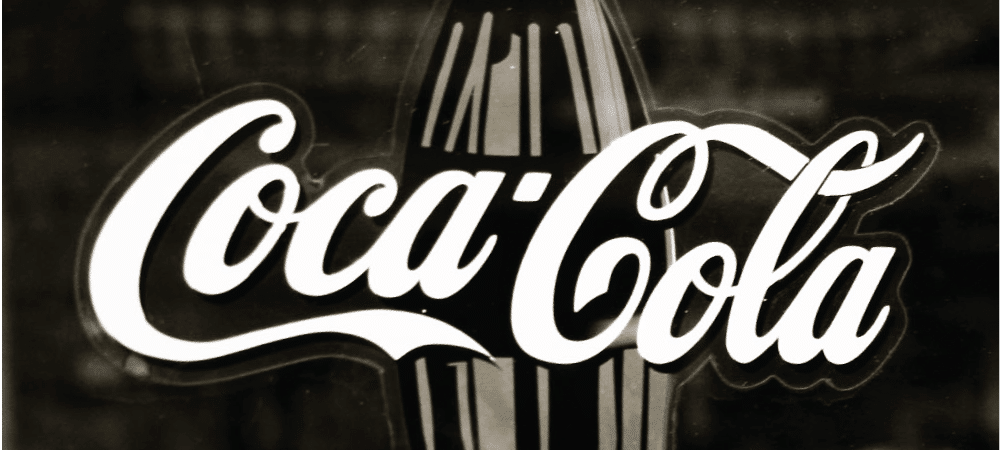With mere humble beginnings, Coca-Cola became one of the biggest brands in the world. Its logo is instantly recognizable and considered part of America’s cultural identity. However, this was not always the case. Coke sold less than ten bottles a day as an unknown startup in Atlanta during the late 1880s. Asa Chandler, CEO, became the mastermind behind Coke’s marketing machine, building a loyal customer base via free samples and coupons starting in 1888.
Take direction from history
History was on his side when, at the beginning of the 20th century, Prohibition banned the sale of alcohol and created a vacuum in the market for comparable beverages that could be consumed socially. Once Prohibition was overturned, Chandler shifted focus to the holiday season and commissioned the portly but jolly Santa Claus. This genial figure became part of the festive season and remains so today.
Always seek to be relevant
Coke in the beginning of the 201th century was a popular beverage that was present during holiday celebrations, but the brand aimed to be a part of people’s daily lives, not just during social occasions. Thus, the hilltop ad came about in 1971. A group of multi-cultural youth united to sing one of the most famous jingles of all time. It became so incredibly popular people began humming it in the street, and Coke reached a new strata of marketing on a subconscious level. Coke was seemingly everywhere and averted saturation by being internationally beloved.
Equate product with patriotism
Coke was able to tap into the emotional touchstones of the country during each decade, to spectacular results. After the loss in Vietnam, a first for America, Coke came up with the rallying cry, “Look up America,” to reignite a sense of patriotism. Six years later, the Mean Joe Greene commercial, in which a football player melts when a young fan gifts him with a Coke, became another classic Coke moment, and it supported the Have a Coke and a Smile catchphrase of the era.
Participate in cultural conversations
There will always be a conversation of culture. Brands have to participate in it in order to remain relevant. Diet Coke (“Just for the Taste of It”) was the company’s entry into the diet cola wars ignited in 1982. Fast-forward to the increasingly global market of 1993 that saw a saturation of international ads. The brand cast a wide net to see what was the most popular and the result was a pair of polar bears that appealed to children and adults alike with the Always Coca-Cola catchphrase. The new millennium saw a simple “Coke, Enjoy” slogan that embodied the marketing technique of the beverage giant. Two seemingly different ideas became part of the cultural conversation.
Takeaway
Coke’s marketing strategy has taken cues from the social pathos of many eras and sought to be part of the national, and later international, conversation as a positive contributor. Coke will enjoy continued popularity as part of the American cultural consciousness – not bad for an unknown startup from Atlanta that could not give its products away. Take a few cues from the giant. Research how your brand will fit in with the greater public like Coke did when tapping into the libation vacuum during the Prohibition. Be a positive voice and cheer on a nation.
If you are looking for a cpg branding agency to help you with your food or supplement packaging design, let’s talk!
Check out our food packaging design guide for more on the process of designing your packaging.



